
Jetpac is a shooter video game developed and published by Ultimate Play the Game and released for the ZX Spectrum and VIC-20 in 1983 and the BBC Micro in 1984. It is the first game to be released by Ultimate Play the Game, the company which later became Rare. The game follows Jetman as he must rebuild his rocket in order to explore different planets, while simultaneously defending against hostile aliens. It was written by Ultimate co-founder Chris Stamper with graphics designed by his brother, Tim Stamper. Reviewers praised Jetpac's presentation and gameplay, and it won "Game of the Year" at the Golden Joystick Awards in 1983.
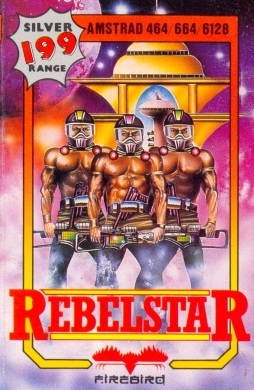
The Rebelstar games are a series of turn-based tactics video games designed by Julian Gollop. Rebelstar Raiders was published in 1984 by Red Shift for the ZX Spectrum. It was reworked in machine code as Rebelstar, published by Firebird in 1986. A sequel, Rebelstar II, was published in 1988 by Silverbird. Rebelstar, but not its sequel, was also adapted for the Amstrad CPC home computer.
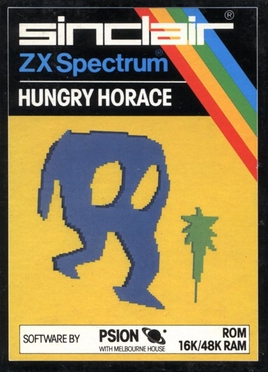
Hungry Horace is a video game developed by Psion Software Ltd. and published by Sinclair Research in 1982 for Commodore 64, Dragon 32/64, Timex Sinclair 2068, ZX Spectrum, and later for Microsoft Windows and Android. It is the first game in the Horace series. The gameplay is noted to be very similar to Pac-Man, involving the collection of food pellets in a maze while avoiding enemies. Despite this, critical reception of the game was generally positive upon release.
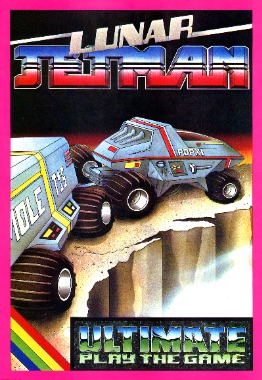
Lunar Jetman is a horizontally scrolling shooter developed and published by Ultimate Play the Game. It was released for the ZX Spectrum in 1983 and later on the BBC Micro. In this sequel to Jetpac, the second instalment of the Jetman series, Jetman has to destroy alien bases whilst simultaneously defending himself, along with Earth, from a hostile alien race.
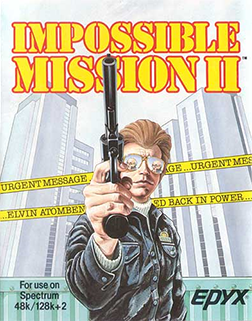
Impossible Mission II is a video game developed by Novotrade and published by Epyx in 1988. It was released for the Commodore 64, ZX Spectrum, Amstrad CPC, Enterprise 128, Nintendo Entertainment System, DOS, Atari ST, Apple II with at least 128K, Apple IIGS, and Amiga.

Match Day II is a football sports game part of the Match Day series released for the Amstrad CPC, Amstrad PCW, ZX Spectrum, MSX and Commodore 64 platforms. It was created in 1987 by Jon Ritman with graphics by Bernie Drummond and music and sound by Guy Stevens. It is the sequel to 1984's Match Day.

Bug-Byte Software Ltd. was a video game company founded in 1980 in Liverpool, initially producing software for the Acorn Atom and ZX80. Bug-Byte's first hit was Don Priestley's Mazogs which was one of the most successful titles for the ZX81. In 1983, it published Manic Miner, considered to be one of the most influential platform games of all time. The company went into liquidation in 1985 but their name and logo were purchased by Argus Press PLC for use as a budget software label.
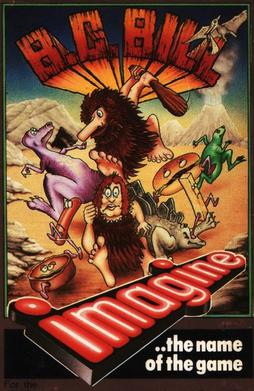
B.C. Bill is a 2D action video game published by Imagine Software in 1984. It was released for the Commodore 64, ZX Spectrum, TRS-80 Color Computer, Dragon 32/64 and BBC Micro.

Brataccas is a science fiction action-adventure game released in 1985 for the Amiga, Atari ST, and Macintosh. It was the first game published by Psygnosis. Brataccas is built on the remains of the much-hyped vaporware project Bandersnatch, which was partially developed by Imagine Software. The storied tale of the game's development led to close press attention in the UK computer market. When Brataccas finally shipped, this attention resulted in considerable coverage in the computer press. It was generally reviewed poorly due to significant control problems, although the graphics were widely praised.

Match Day is a football computer game, published by Ocean Software in 1984 for the ZX Spectrum. It is the first game in the Match Day series, and was the creation of programmer Jon Ritman and Chris Clarke. Versions were later released for the Amstrad CPC and PCW, BBC Micro, Commodore 64 and MSX systems.

Arcadia is a fixed shooter published by Imagine Software for the ZX Spectrum and VIC-20 in 1983. It was later ported to the Commodore 64 and Dragon 32.

Alchemist is an action-adventure game for the ZX Spectrum and released by Imagine Software in 1983. The player controls an alchemist who can shape-shift into a golden eagle.

Ah Diddums is a computer game released by Imagine Software for the ZX Spectrum in 1983 and can be run on the 16KB/48KB versions of the machine and the Commodore 64 in 1984.

Halls of the Things is a video game developed by Design Design for the ZX Spectrum and released by Crystal Computing in 1983. It was ported to the Amstrad CPC and Commodore 64. The player travels through seven floors of a tower, searching for seven rings, with each floor being a complex maze of corridors and rooms. Once the player has the rings they must then find the magical key hidden in the dungeon, which opens the drawbridge allowing the player to escape. To hinder the player's progress they are attacked by "things," but the player is armed with a sword, arrows, fireballs and lightning to aid you in the quest.
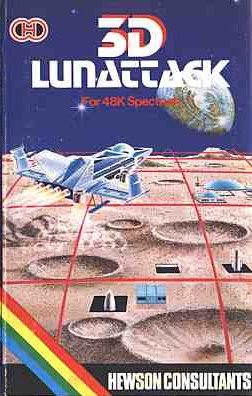
The Seiddab Trilogy is a series of video games designed by Steve Turner for the ZX Spectrum and published by Hewson Consultants. It consists of 3D Space-Wars (1983), 3D Seiddab Attack (1984), and 3D Lunattack. All three games were later published together as The Seiddab Trilogy by Hewson for the Rotronics Wafadrive. The series name is derived from the word "baddies" being spelt in reverse.

Pedro is a video game developed by Frank Johnson, Aidan Rajswing, Bryce Ducharm, Andrew Impson, Brian Carpenter and Steve Cain for the ZX Spectrum and released by Imagine Software in 1984. The game uses oblique projection to give the impression of three dimensional graphics.

Cosmic Cruiser is a game developed by Imagine Software and released for the BBC Micro, Commodore 64, Dragon 32, and ZX Spectrum in 1984. The object of the game is to fight off an alien raiding party that has taken over a distant space station and save the crew.

Quest Adventure is an adventure video game written by Kim Topley for the ZX Spectrum and published by Hewson Consultants in 1983.
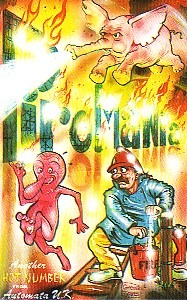
Piromania is a 1984 platform game published by Automata UK for the ZX Spectrum. Strange Loop previously published the game as Infernal Combustion.
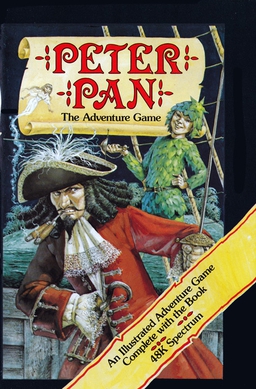
Peter Pan is a 1984 video game published by Hodder & Stoughton.




















